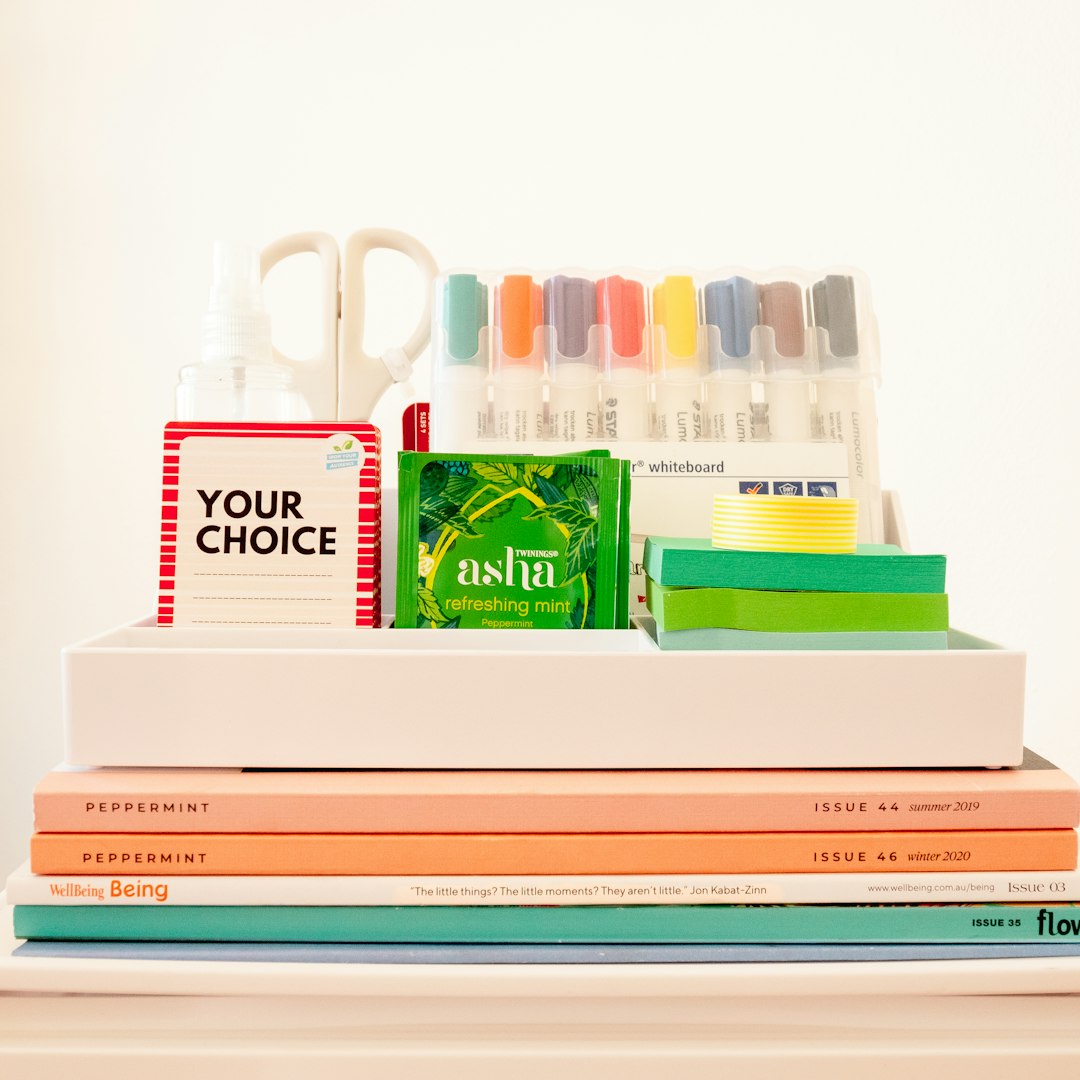To achieve a clutter-free home, identify "hotspots" of mess and categorize items as keep, donate/sell, or discard. Engage family, use tools like flashlights to reveal hidden areas, and develop tailored strategies for each hotspot using storage solutions and daily routines. Target common cluttered zones like entryways, kitchens, and bedrooms; apply minimalism principles to maintain order. Declutter to improve daily routines, mental well-being, and reclaim control over personal spaces, fostering calm and clarity in your home.
Tired of feeling overwhelmed by clutter? Streamline your home and embrace a clutter-free zone with our comprehensive guide. We’ll show you how to identify those problem areas where items tend to pile up, understand their impact on your daily life and mental space, and provide strategic decluttering techniques tailored to everything from clothing to books. Discover simple yet effective organization solutions that will help you maintain a serene, clutter-free lifestyle.
- Identifying Clutter Hotspots in Your Home
- – Recognizing areas prone to clutter
- – Assessing the impact of clutter on daily life and mental space
Identifying Clutter Hotspots in Your Home
Clutter can accumulate in every corner of our homes, from overflowing drawers to stacked newspapers and forgotten items in the garage. To achieve a clutter-free zone, it’s essential to identify these hotspots. Start by assessing each room and assigning categories like “keep,” “donate/sell,” or “discard.” Look beyond surface-level mess and scrutinize storage areas, under furniture, and hard-to-reach spaces—these often harbor hidden clutter.
Engage your family in this process to make it more comprehensive. You can even use a flashlight to explore darker corners, revealing items long forgotten. Once identified, develop strategies for each hotspot. For instance, install extra shelves, invest in clear storage containers, or establish daily routines like putting away clothes immediately after use to prevent future disorganization. This systematic approach is key to successful home organization and decluttering.
– Recognizing areas prone to clutter
Many homes have certain areas that naturally tend to accumulate clutter, such as entryways, kitchens, and bedrooms. Recognizing these prone zones is the first step in achieving a clutter-free haven. Entryways, for instance, often serve as catch-all spaces where coats, bags, shoes, and various items end up due to their high visibility and convenience. Kitchens can also be hotspots for clutter with appliances, utensils, and food packaging accumulating over time. Bedrooms, likewise, may struggle with organization as personal items, books, and clothes can quickly disorganize the space.
Understanding these patterns helps in developing tailored strategies for each area. Effective storage solutions, such as hooks for coats, drawer organizers for kitchen supplies, and designated charging stations for devices, can significantly reduce clutter buildup. Additionally, adopting minimalism principles by asking if each item has a purpose and regularly going through possessions to discard or donate unused items can greatly contribute to maintaining order.
– Assessing the impact of clutter on daily life and mental space
Clutter in our living spaces can have a profound impact on our daily routines and mental well-being. When our homes are filled with unneeded items, it creates a chaotic environment that can hinder productivity and cause constant disarray. Each item of clutter demands our attention, whether we actively notice it or not, leading to a mental burden. This is especially true for spaces that serve as our sanctuaries, where we should feel most at ease.
Home organization and decluttering are essential practices to reclaim control over our personal spaces. By assessing the items in your home critically, you can identify what brings value to your life and what becomes an unnecessary distraction. Freeing yourself from clutter fosters a sense of calm and clarity, allowing for more efficient movement throughout the day and a deeper appreciation for the beauty of a tranquil living environment.
By identifying and understanding clutter hotspots, you can begin to streamline your home organization and decluttering process. Recognizing areas prone to disorganization is the first step towards reclaiming a sense of calm and control in your living space. Through assessing the impact of clutter on your daily life and mental well-being, you can make informed decisions about what to keep, donate, or discard, ultimately fostering a more peaceful and functional home environment.



